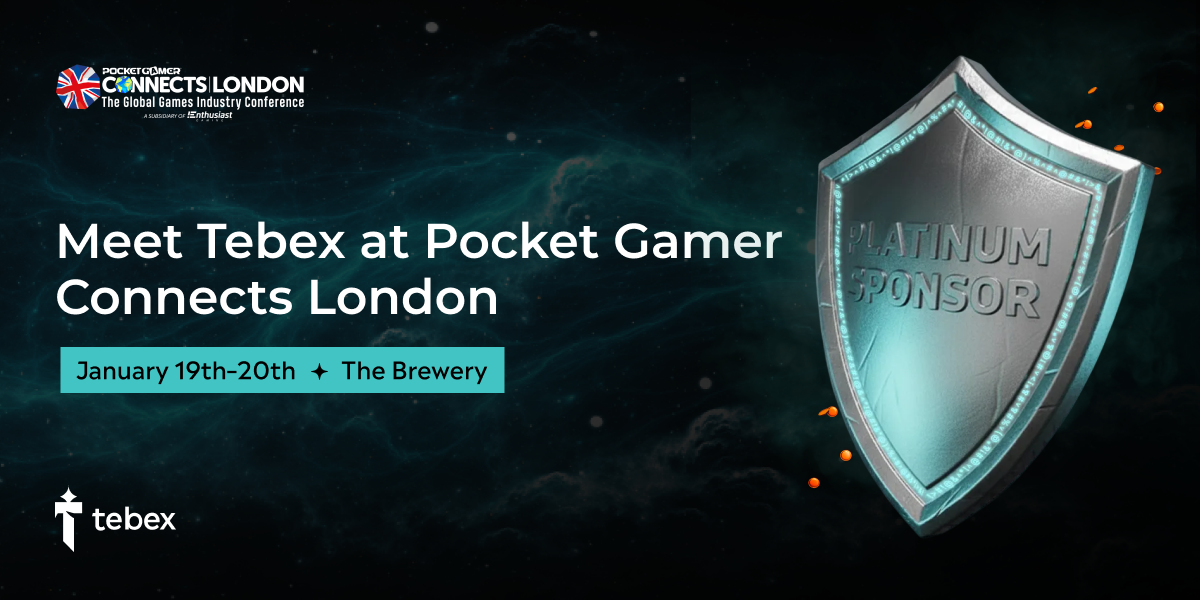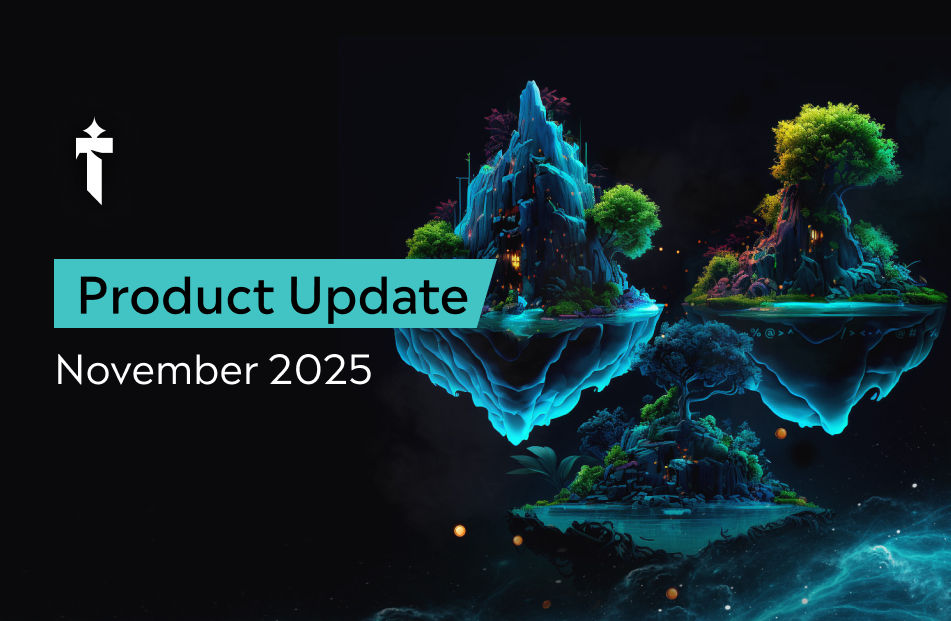Game Changers 101: Microtransactions
From simple in-game offerings to a cornerstone of the industry’s monetization strategies
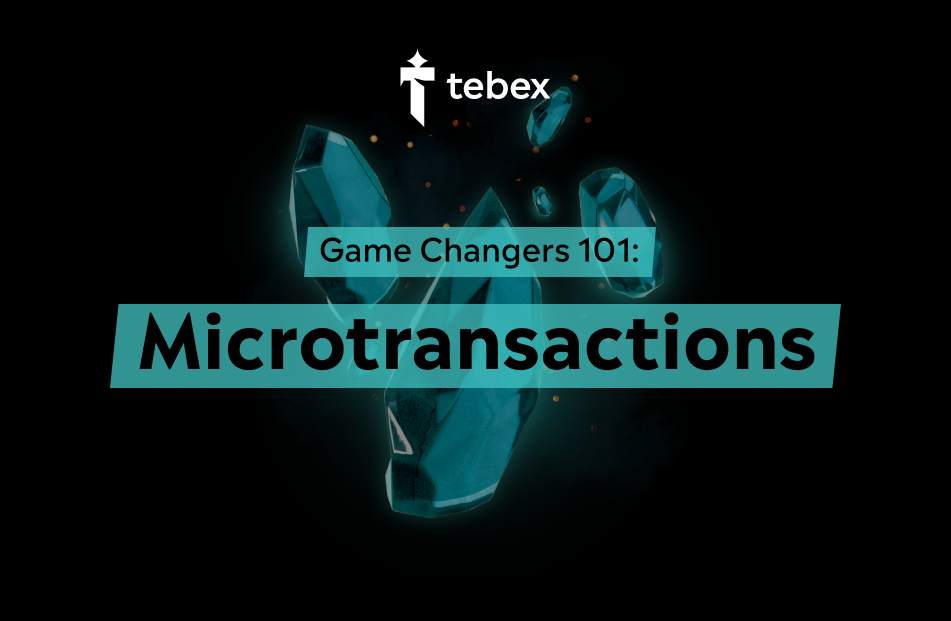
In 2024, in-game microtransactions were responsible for generating an astounding $77.8 billion in revenue across the gaming industry. And with a projected compound annual growth rate (CAGR) of 11.2%, that value is forecasted to reach $86.51 billion by this year and eventually $129.76 billion by 2029.
Microtransactions have redefined revenue growth for games, not only by presenting a dynamic and easy-to-implement source for additional earnings, but also by pioneering a highly profitable business model adopted by some of the highest-grossing games out in the market.
Microtransaction’s evolution from simple in-game offerings for virtual goods & features to becoming a cornerstone of the industry’s monetization strategies greatly reflects the transformative impact they have had in the industry—reshaping how some of the biggest games are designed, marketed, and financed while setting a new standard for player engagement.
In this month's Game Changers 101 blog entry, let’s dive deep into the hows and whys behind the transformation of this key instrument of game monetization into the behemoth for driving opportunity and revenue growth we come to know in gaming today.
The origins
The initial concept can be traced back to 2005 when Microsoft introduced the idea as part of the Xbox Live Marketplace, which launched alongside the iconic Xbox 360. In a 2005 forum announcement made during that year’s GDC, Microsoft described the potential of microtransactions as:
"Breaking down barriers of small-ticket online commerce, microtransactions will allow developers and the gaming community to charge as little as they like for content they create and publish on Marketplace. Imagine players slapping down $0.99 to buy a one-of-a-kind, fully tricked-out racing car to be the envy of their buddies."
Initial examples of such microtransactions included cosmetic add-ons, such as a winter-themed outfit for Kameo: Elements of Power, additional maps for Perfect Dark Zero, and additional vehicles for Project Gotham Racing 3.
It wasn’t until 2006 that the gaming world witnessed the first notable example of a microtransaction being incorporated in a mainstream title with the Golden Horse Armor DLC in Bethesda’s The Elder Scrolls IV: Oblivion.
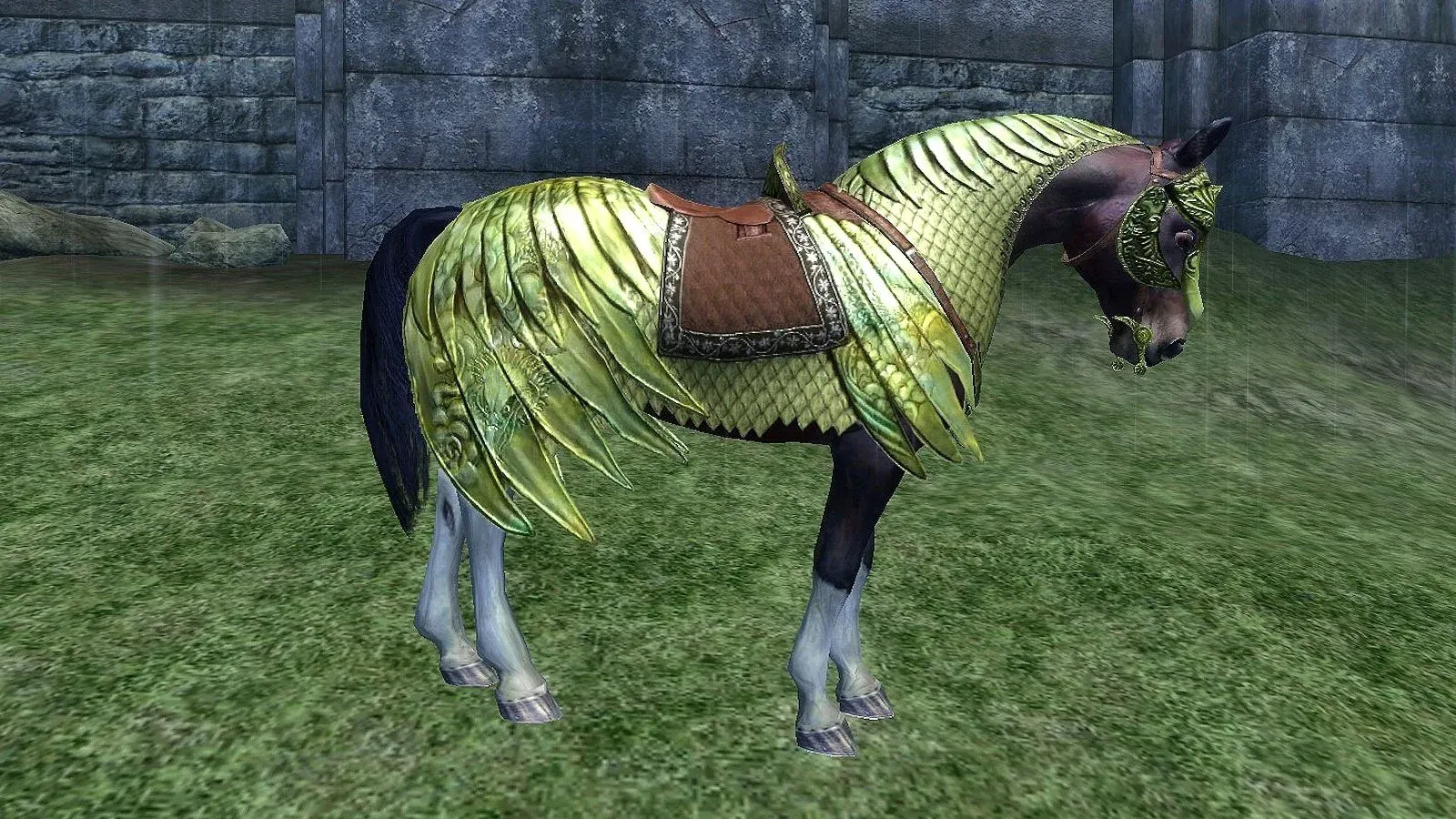
While these earlier examples of microtransactions were not an immediate financial success they did demonstrate the potential for this monetization approach —ultimately setting the stage for its future adoption across the gaming industry.
Turning point
The early 2010s marked a turning point for microtransactions as a booming revenue-driving strategy, with more casual-gaming titles such as Facebook’s Farmville, The Simpsons: Tapped Out, and Clash of Clans presenting the option for players to directly purchase virtual currencies to exchange for items and features within the game.
This new approach to offering virtual currencies (a topic worthy of its own Game Changers 101) proved to be an astronomical success, significantly increasing player expenditure and solidifying as a standard component in all games containing virtual economies.
Fast-forward to today’s landscape and microtransactions have become a common denominator amongst some of the most profitable games, such as Minecraft, Grand Theft Auto, Fortnite, Call of Duty, League of Legends, and more.
It stands as the key factor behind the Game as a Service (GaaS) model— allowing for a sustainable and lucrative revenue source while still offering their core gameplay for free.
Why Are Microtransactions So Effective?
Microtransactions' effectiveness as a strategy stems from various factors, each excelling at keeping players invested for different reasons:
- Cosmetic add-ons such as skins and outfits allow for a more personal experience by catering to each player's own uniqueness and individual taste.
- Subscriptions/seasonal passes invest players with a structured progression system for a gratifying sense of accomplishment that follows upon each reward.
- Virtual currencies give rise to a dynamic environment where players can earn, spend, and trade in-game, fostering deeper immersion and interest.
The Tebex role
Tebex was built to empower game creators to turn their passion into a safe and sustainable livelihood. Over the past 12 years, we have proudly supported more than 30,000 developers, server owners, and studios in transforming their projects into profitable ventures by leveraging microtransactions as an effective monetization approach.
Our platform has helped the widely popular GTA V modding community, FiveM, unlock its full potential by monetizing its custom game modes with exclusive in-game content, such as custom skins and VIP memberships.
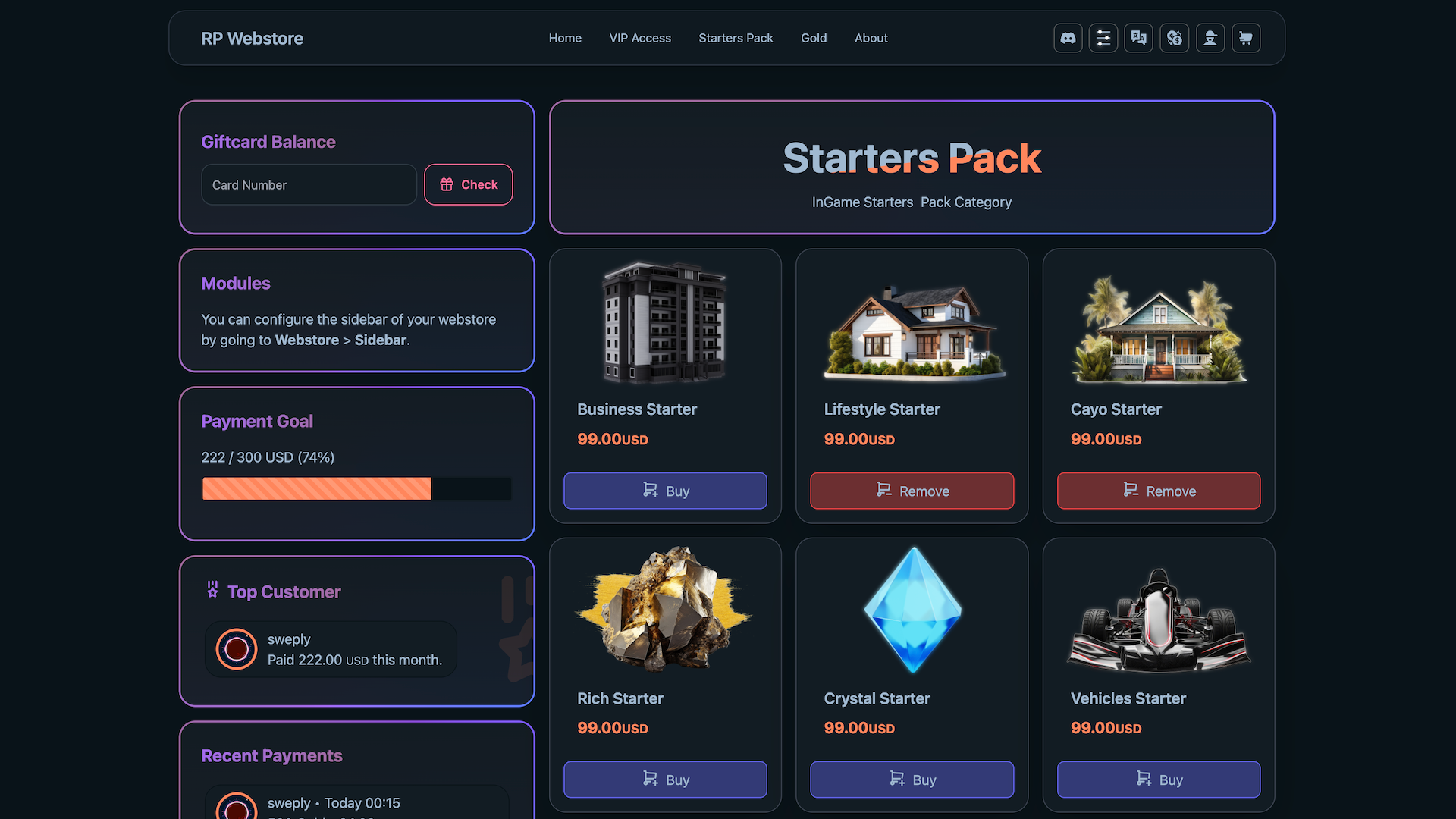
Similarly, Hypixel, the largest Minecraft server, and four-time Guinness World Record holder leveraged Tebex to establish a robust monetization framework with secure payment and offerings of unique cosmetics, perks, and other in-game items.
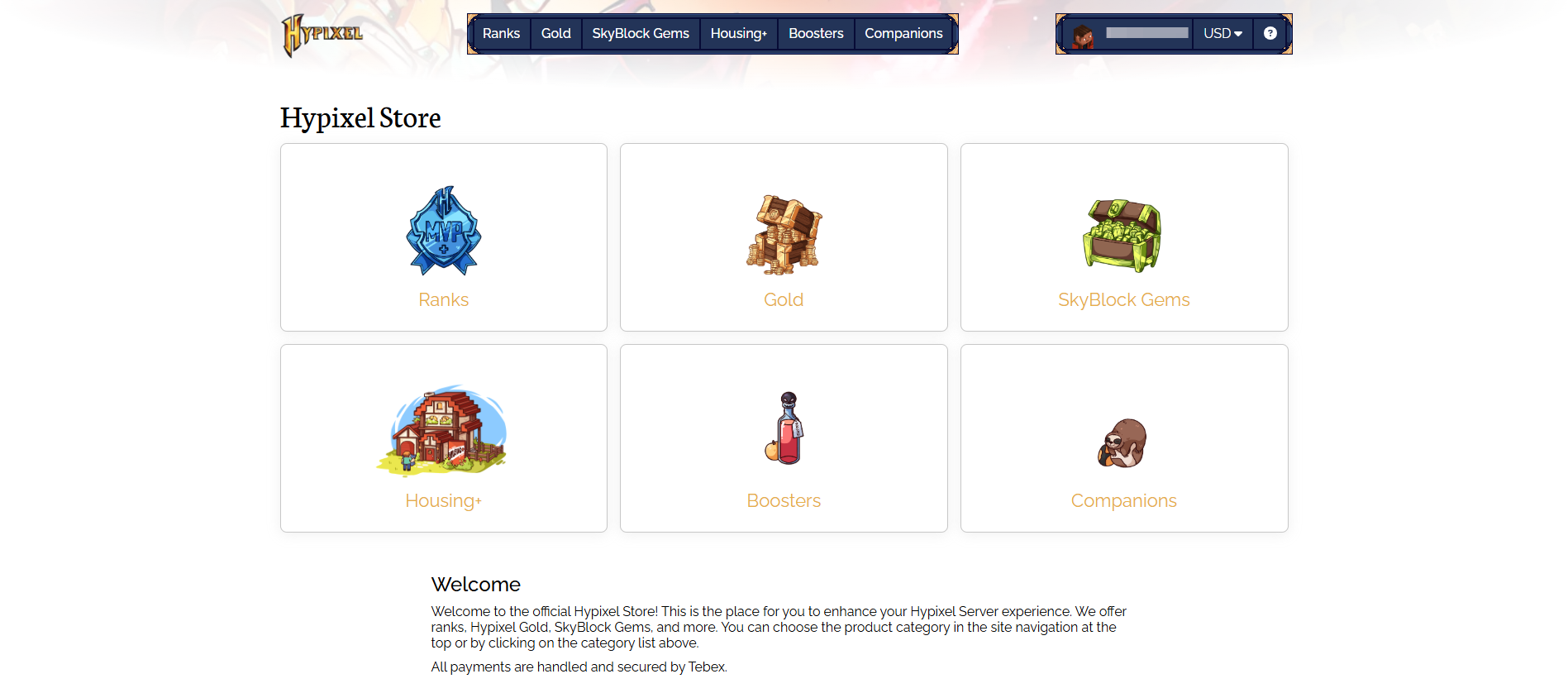
With Tebex, you gain more than just another monetization engine; you gain a partner dedicated to your growth and enabling your success every step of the way. Ready to level up? Reach out to Tebex today to learn why we’re known for Gaming Payments Done Right.

